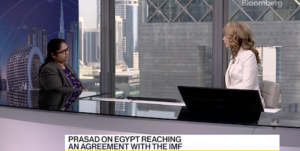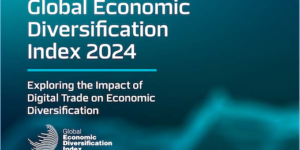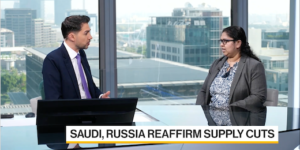https://nassersaidi.com/wp-content/uploads/2012/04/Economic-Note-13.pdf
Beyond its value as industrial input, including in jewelry, gold as a financial asset provides no cash flow or monetary dividend, nor a positive carry, and thus its value depends on non-directly measurable factors. However, its ancestral property as a store of value and a ‘safe haven’ especially in the face of heightened uncertainty and grave disruptions to the financial system would call for a role in the new financial architecture emerging after the global crisis. Absent a return to a fully fledged gold standard or to a gold exchange standard as prevailed pre-1971, gold could provide at least a partial anchor for monetary aggregates in a world that is increasingly multipolar, that is, where one economy would not be able to sustain the dominant international role of its currency without jeopardizing its internal stability as a result of an unsustainable external debt service (Triffin dilemma).
The ongoing real decoupling trend of emerging markets from mature economies will lead to a secular re-centering of the world’s economic and financial geography. This implies that the size of the US economy will shrink relative to other economies and therefore the world will gradually revert to a situation similar to that prevailing before WWI when the first wave of globalization took place.
During the XIX century and up to WWI, the gold standard provided the foundation for the expansion of international trade and the international financial relations. At that time none of the four or five large economies (including their colonial empires) was dominant. In that environment characterised by intense rivalries among major powers, the anchor for the world monetary and payments relationships was gold, i.e. an asset whose supply was independent from the discretionary decisions of national or supranational authorities.
After World War I, and especially after WWII, an economic landscape took shape that was unusual from an historical standpoint (at least since the fall of the Roman Empire). With Europe undergoing reconstruction from the devastation and ravages of war while imposing restrictions on trade and payments, the US became the dominant economy in global trade and investment relations (especially considering that the Soviet Union and, after WWII, China decided to pursue a closed door policy in international economic relations, while India pursued a protectionist model of economic development). The US dollar became the international currency for payments and reserves, thanks to its peg to gold until 1971, the size, depth and liquidity of its financial markets, the dominance of the US as a capital exporter and thereafter thanks to its overwhelming size and military reach.
The Triffin Dilemma, which figured prominently in the international monetary policy discussions right after WW II, posits that the country issuing the reserve currency is bound to run an ever increasing current account deficit as world trade and payments increase in order to allow reserve accumulation and until its foreign liabilities become unsustainable. Against that the US obtained an ‘exorbitant privilege, enabling it to pay for its imports with its own currency.
This dilemma could be side stepped as long as the US economy grew at least as fast as the world global average and had no serious rival on the world stage. However, the global financial crisis which originated in the US severely shook confidence in US banks, financial institutions and markets, which along with the emergence of China and India (with a 10-15 year lag), has reignited these dormant worries. Moreover fiscal laxity in the US, aggravated by the uncertainty over the cost of the health care reform combined with the large unfunded liabilities related to social security and other entitlement programmes, raises the spectre of a scenario in which the international role of the dollar could suddenly come into question.
The US cannot continue to run indefinitely a current account deficit without jeopardizing the stability of the world economy. In a multipolar world the size of a single country would not be large enough to sustain its role as supplier of the dominant reserve currency and international liquidity.
The alternative would be to devise a financial system relying on several major currencies as was the case before WWI. But should such a multi-currency system be left to market forces to set exchange rates or could it benefit from being anchored to an asset such as gold which not issued by a national authority?
Should we base an alternative global monetary system on national fiat currencies or should we move towards a gold exchange standard? The answer – provided in this DIFC Economic Note 13 titled “The Role of Gold in the New Financial Architecture” – is that international liquidity should be supplied on a large scale by an international currency such as the SDR, whose value should be tied to a basket of major currencies and gold, with the weight of the latter set at 20-25%.





